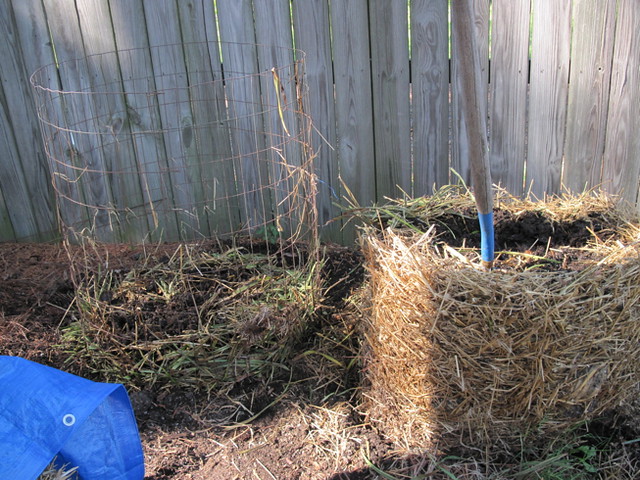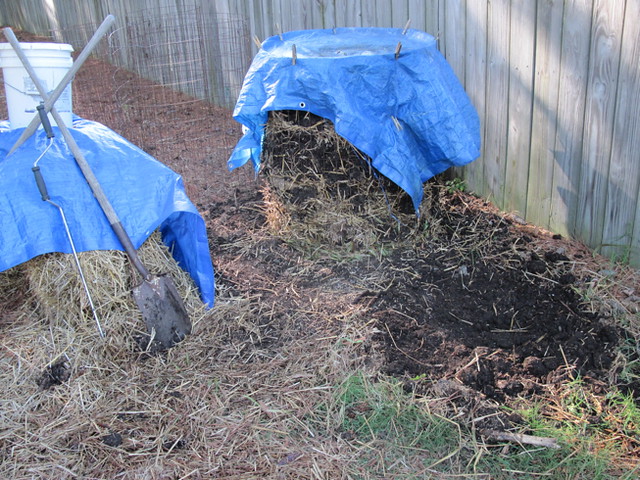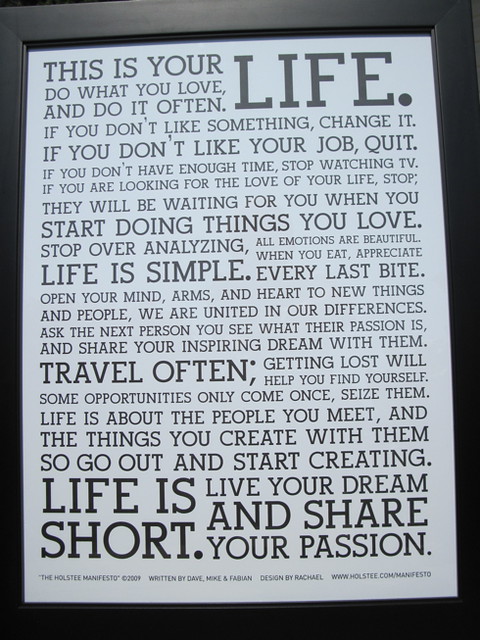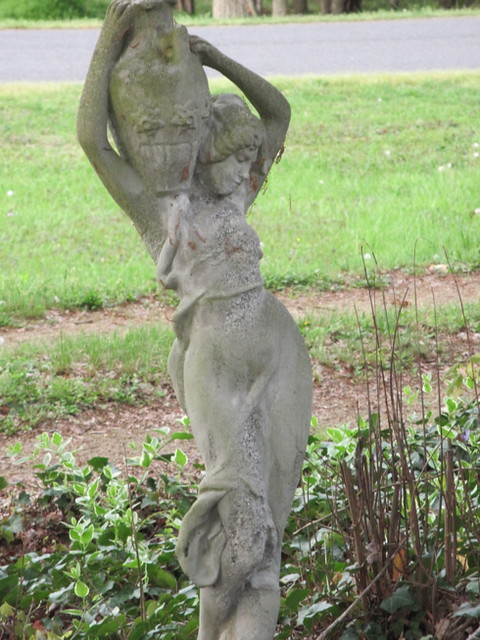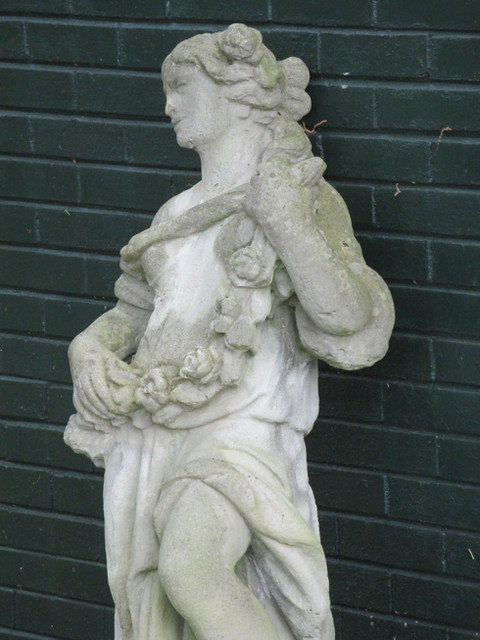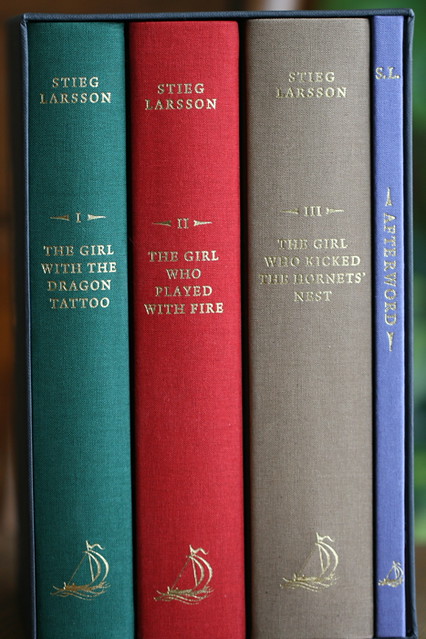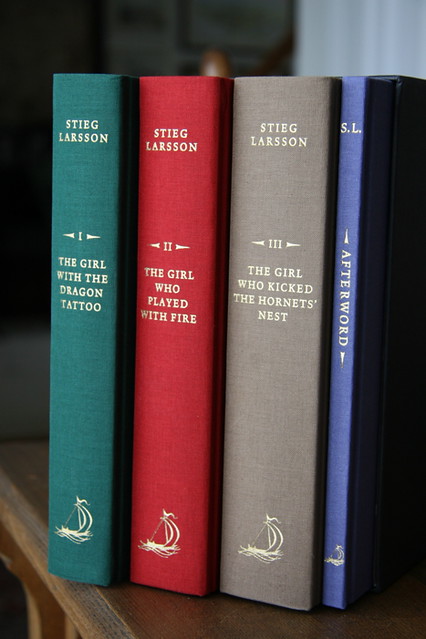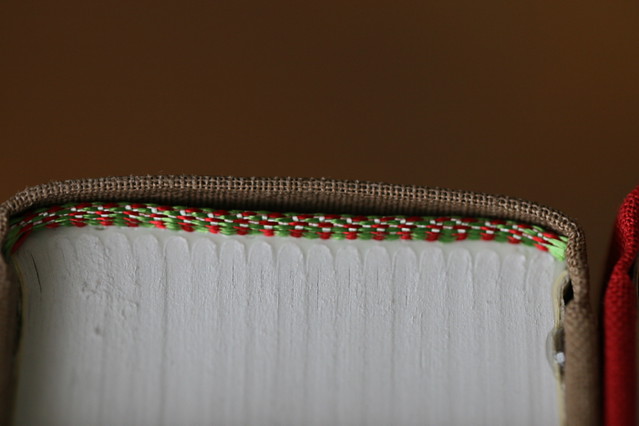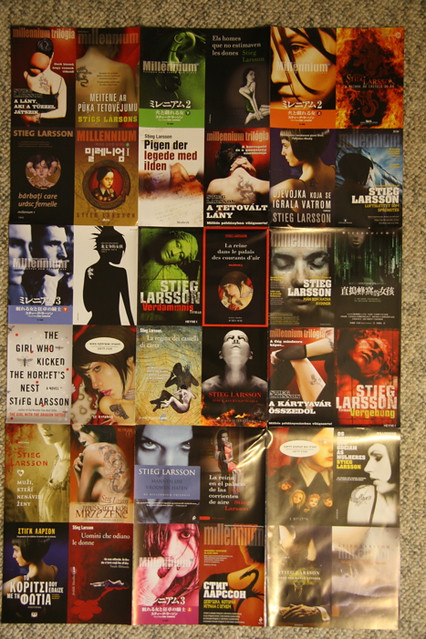Friday, April 6, 2012
Anaerobic Compost
Wednesday, April 4, 2012
Manifesto
Lance Armstrong Going Plant-based
 I've wondered how long this would take—for someone as smart as Lance Armstrong to recognize that he should be eating a plant-based diet. He is now two-thirds of the way there.
I've wondered how long this would take—for someone as smart as Lance Armstrong to recognize that he should be eating a plant-based diet. He is now two-thirds of the way there.Sunday, April 1, 2012
The Spring in Spring
Friday, March 30, 2012
A Classic from the "Sixties"
 Younger readers won't recognize the name of Arlo Guthrie or the name of his famous song, "Alice's Restaurant Massacree"—but here's your chance to fill in that cultural void.
Younger readers won't recognize the name of Arlo Guthrie or the name of his famous song, "Alice's Restaurant Massacree"—but here's your chance to fill in that cultural void. Monday, March 26, 2012
Beautiful Chard
Friday, March 23, 2012
Hip Hip, Hoo-Dutch!
Thursday, March 22, 2012
Who and Where
 Just received a new (2012) book by Atina Diffley today—a memoir of her and her husband's decades as organic market gardeners on fifth-generation land in Minnesota. I had seen a great review of the book, not only praising the story but the author's beautiful writing.
Just received a new (2012) book by Atina Diffley today—a memoir of her and her husband's decades as organic market gardeners on fifth-generation land in Minnesota. I had seen a great review of the book, not only praising the story but the author's beautiful writing. Monday, March 19, 2012
Chick-fil-A: The New Monsanto
Tuesday, March 13, 2012
Why Isn't Governor Dalrymple Running for President?
Saturday, March 3, 2012
Ketones and Coconuts
 Because Parkinson's Disease (PD) robbed more and more of the last 25 years of my mother's life, and has been doing the same to my older brother for more than a decade, my radar is always on for things related to this disease. For that reason, I have just read Alzheimer's Disease: What If There Was a Cure? The Story of Ketones by Dr. Mary Newport, M.D. (2011). (Go here for Dr. Newport's website. Her original 2008 article which summarized her husband's illness, her research, and initial success with ketone therapy, and created a popular interest in the subject, is here.)
Because Parkinson's Disease (PD) robbed more and more of the last 25 years of my mother's life, and has been doing the same to my older brother for more than a decade, my radar is always on for things related to this disease. For that reason, I have just read Alzheimer's Disease: What If There Was a Cure? The Story of Ketones by Dr. Mary Newport, M.D. (2011). (Go here for Dr. Newport's website. Her original 2008 article which summarized her husband's illness, her research, and initial success with ketone therapy, and created a popular interest in the subject, is here.)Saturday, February 25, 2012
Raise Your Hand if You Laugh
Tuesday, February 21, 2012
Where Omega-3s Fit
Sunday, February 12, 2012
"404" Animals Saved
Friday, February 10, 2012
Welcome to Amerika 3
Thursday, February 9, 2012
Juicing Big-time
 The current issue of Vanity Fair magazine has a nice article about a booming California company (two stores) selling fresh-pressed veggie juices: Pressed Juicery. Locations currently in West L.A. and Malibu, making them hot and hip and trendy. But this is the real stuff: raw, un-pastuerized juice with a three-day shelf life that is pressed—the very gentlest and best way to extract juices. Until I broke my Welles Press juicer, it provided the best juice I've ever made (pulp created on a Champion, then pressed in the Welles). Pressed Juicery got started with the famed Norwalk Juicer, still the Cadillac (with a price tag to match). Read about Pressed Juicery here. (Picture from their website without permission.)
The current issue of Vanity Fair magazine has a nice article about a booming California company (two stores) selling fresh-pressed veggie juices: Pressed Juicery. Locations currently in West L.A. and Malibu, making them hot and hip and trendy. But this is the real stuff: raw, un-pastuerized juice with a three-day shelf life that is pressed—the very gentlest and best way to extract juices. Until I broke my Welles Press juicer, it provided the best juice I've ever made (pulp created on a Champion, then pressed in the Welles). Pressed Juicery got started with the famed Norwalk Juicer, still the Cadillac (with a price tag to match). Read about Pressed Juicery here. (Picture from their website without permission.)
Wednesday, February 8, 2012
What I Say or What I Do?

Saturday, February 4, 2012
Friday, February 3, 2012
U.S. Constitution Not a Good Model
Wednesday, February 1, 2012
An Offer to Paula Deen
Tuesday, January 31, 2012
Sunday, January 29, 2012
Should the Department of Education Be Abolished?
Saturday, January 28, 2012
"Your truffles or your wife!"
Monday, January 23, 2012
How Does Your Country Grow?
Sunday, January 22, 2012
Makes Me Want to Get an iPad
The Beauty of Books
The Role of the Home in Making Practical Men
Friday, January 20, 2012
Chillun'
Thursday, January 19, 2012
Citizen Legislators
Limits days in session to five per month or 60 business days per session.
Halves the salary of Representatives and Senators.
Permits members to have jobs outside of Congress so long as they do not derive their income as a result of the privilege of their office, such as speaking tours, lobbying, consulting, etc.
Allows members to choose benefit plans to reflect their lower salaries and allows them to opt out completely for a private option.
Cuts member office allowances, committee and leadership budgets in half.
Prohibits any grandfathering out of the new salary requirements and benefit packages for current members.
Cuts member salaries an additional 10 percent for every five business days Congress exceeds 60 business days in a session.
Apple Trailers Speed Boost
Wednesday, January 18, 2012
USSC to POTUS: "Butt out!"
“Requiring a church to accept or retain an unwanted minister, or punishing a church for failing to do so, intrudes upon more than a mere employment decision. Such action interferes with the internal governance of the church, depriving the church of control over the selection of those who will personify its beliefs. By imposing an unwanted minister, the state infringes the free exercise clause, which protects a religious group’s right to shape its own faith and mission through its appointments. According the state the power to determine which individuals will minister to the faithful also violates the establishment clause, which prohibits government involvement in such ecclesiastical decisions.”
Doing Vegan Right
Here is a comprehensive list of what I ate, in one form or another, on the day I wrote this:
Kale, mustard greens, carrots, celery, onions, mushrooms, quinoa, amaranth, pinto beans, beets, parsnips, turnips, yellow peas, brown rice, kimchi, purple cabbage, butternut squash, blueberries, a banana, hemp seeds, flaxseed oil, snap peas, an apple, cashews, almonds, pumpkin seeds, pistachio nuts, garlic, broccoli, raisins, granola, avocado, polenta, salsa, a few saltines, a piece of raisin toast with apricot jam, tofu, coffee, olive oil, harisa, chickpeas, tomatoes, a small handful of chocolate chips, a couple of beers ... and a vitamin.
Tuesday, January 17, 2012
How to Get People to Give Blood
In England, the reward for a bagful of blood is a cup of tea and a biscuit. But here, after being disconnected from our tubes, we were shown to a long table manned by volunteer waiters. What would we like? Coffee, chocolate, croissants, brioches, sandwiches of ham or garlic sausage, mugs of red or rosé wine? Eat up! Drink up! Replace those corpuscles! The stomach must be served! A young male nurse was hard at work with a corkscrew, and the supervising doctor in his long white coat wished us all bon appétit. If the steadily growing pile of empty [wine] bottles behind the bar was anything to go by, the appeal for blood was an undoubted success, both clinically and socially.Some time later, we received through the post our copy of Le Globule, the official magazine for the blood donors. Hundreds of liters had been collected that morning in Gordes, but the other statistic that interested me—the number of liters that had been drunk—was nowhere to be found, a tribute to medical discretion.
Sunday, January 15, 2012
Uke Revival
Friday, January 13, 2012
Brevity
Tuesday, January 10, 2012
Twelve Percent Less in Five Years
Thought for the Day 16.0
Thursday, January 5, 2012
At Least I Wasn't Texting
Wednesday, January 4, 2012
Monday, January 2, 2012
National Treasures
Sunday, January 1, 2012
If You Don't Laugh out Loud at This . . .
This week, Margaret Talbot writes about Carrie Brownstein and Fred Armisen, the comedic masterminds behind IFC’s “Portlandia.” We sent Gabriele Stabile to photograph the pair in New York. “Fred’s apartment has wonderful northern light, beautiful views of the Upper West Side, and an unbelievable vacuum-cleaner robot,” Stabile said. “One of the publicists showed up at the shoot eight and a half months pregnant, and Fred asked, ‘Does your husband know?’ When you’re around people who are seriously funny you realize how bad your jokes are.” Here are a few outtakes from Stabile’s shoot.
